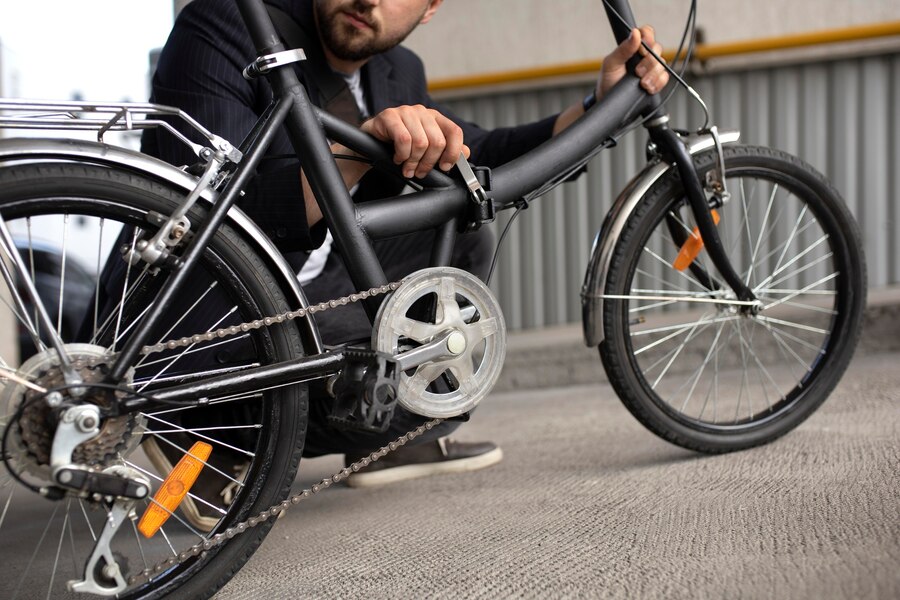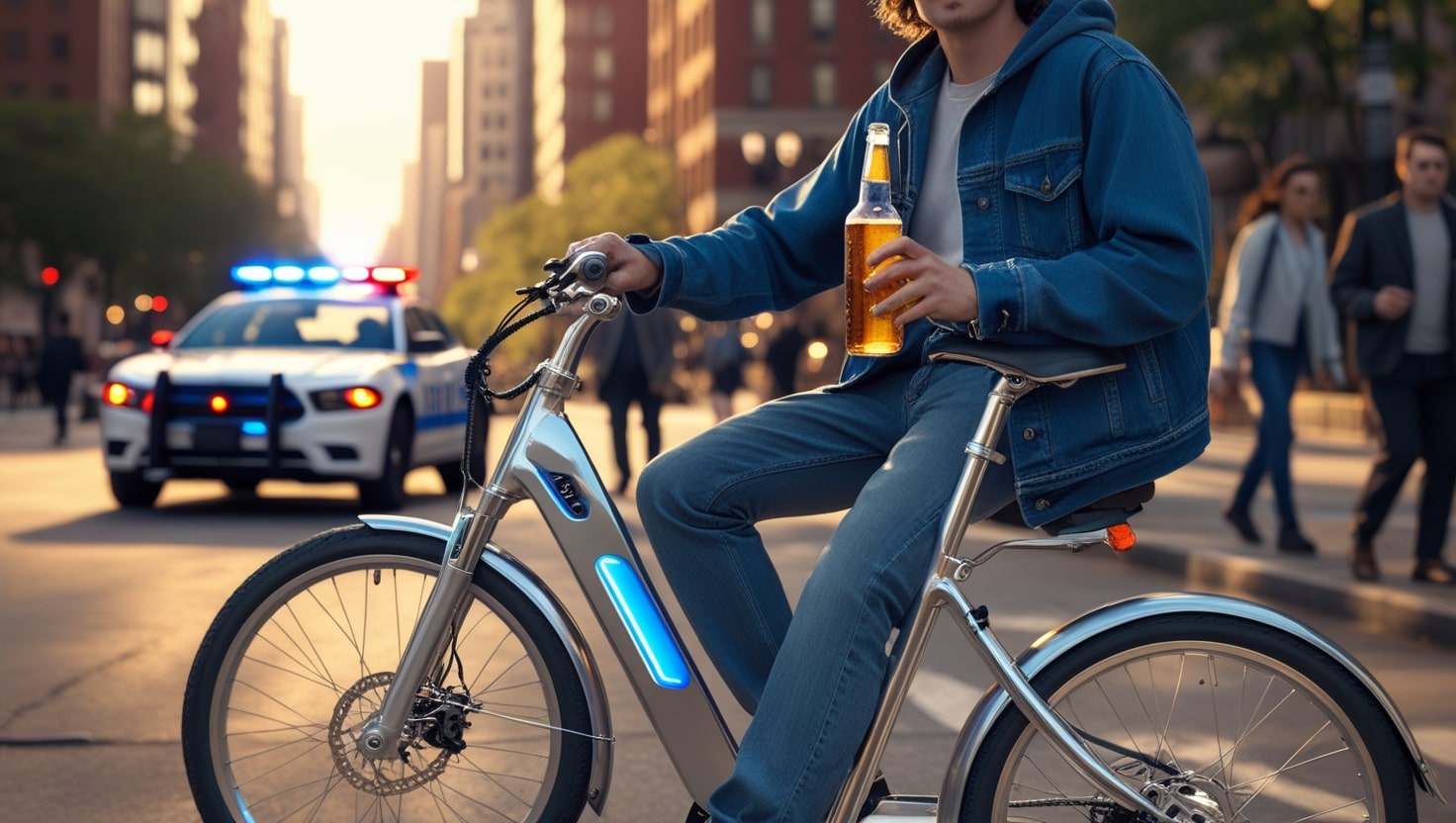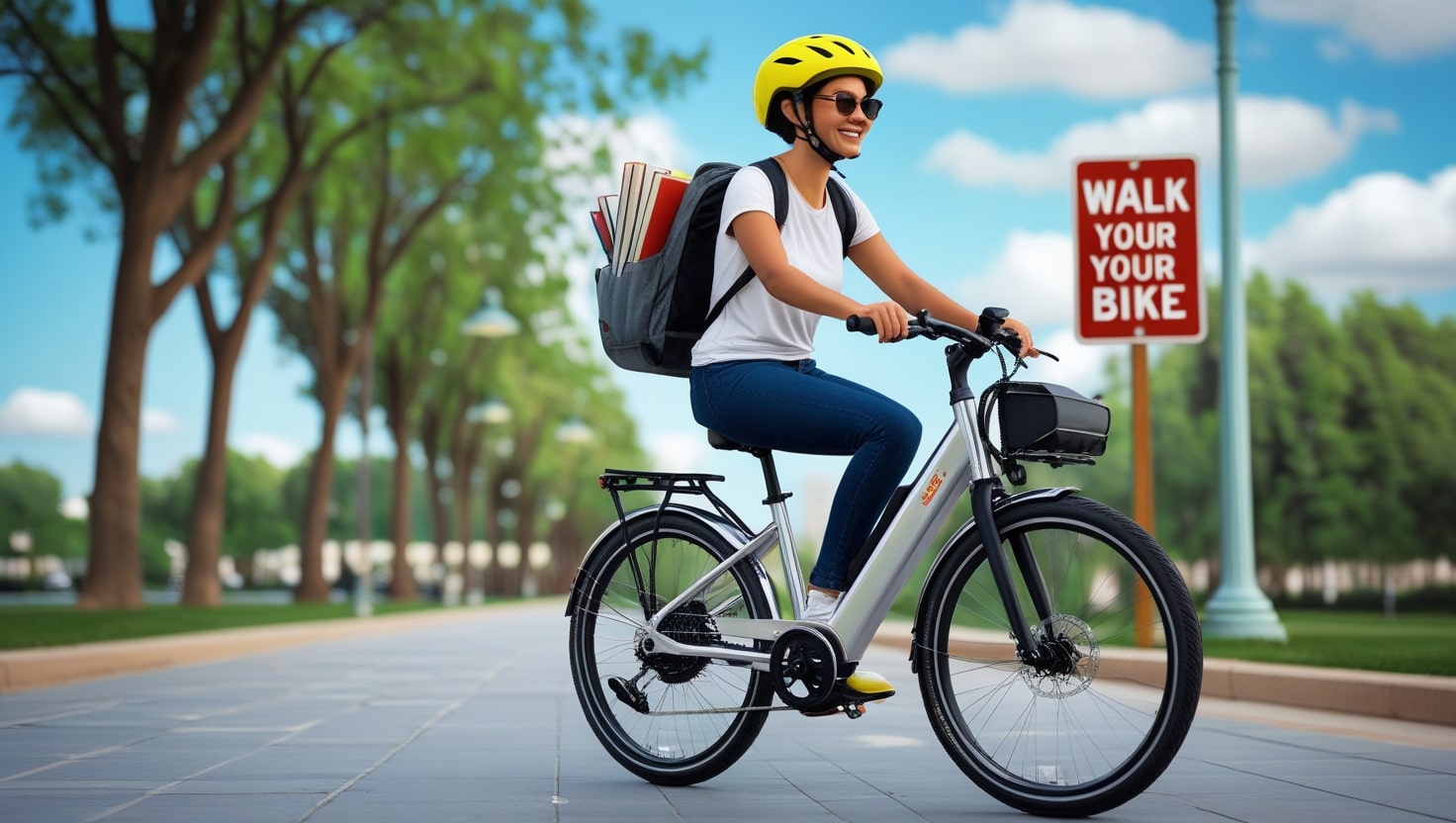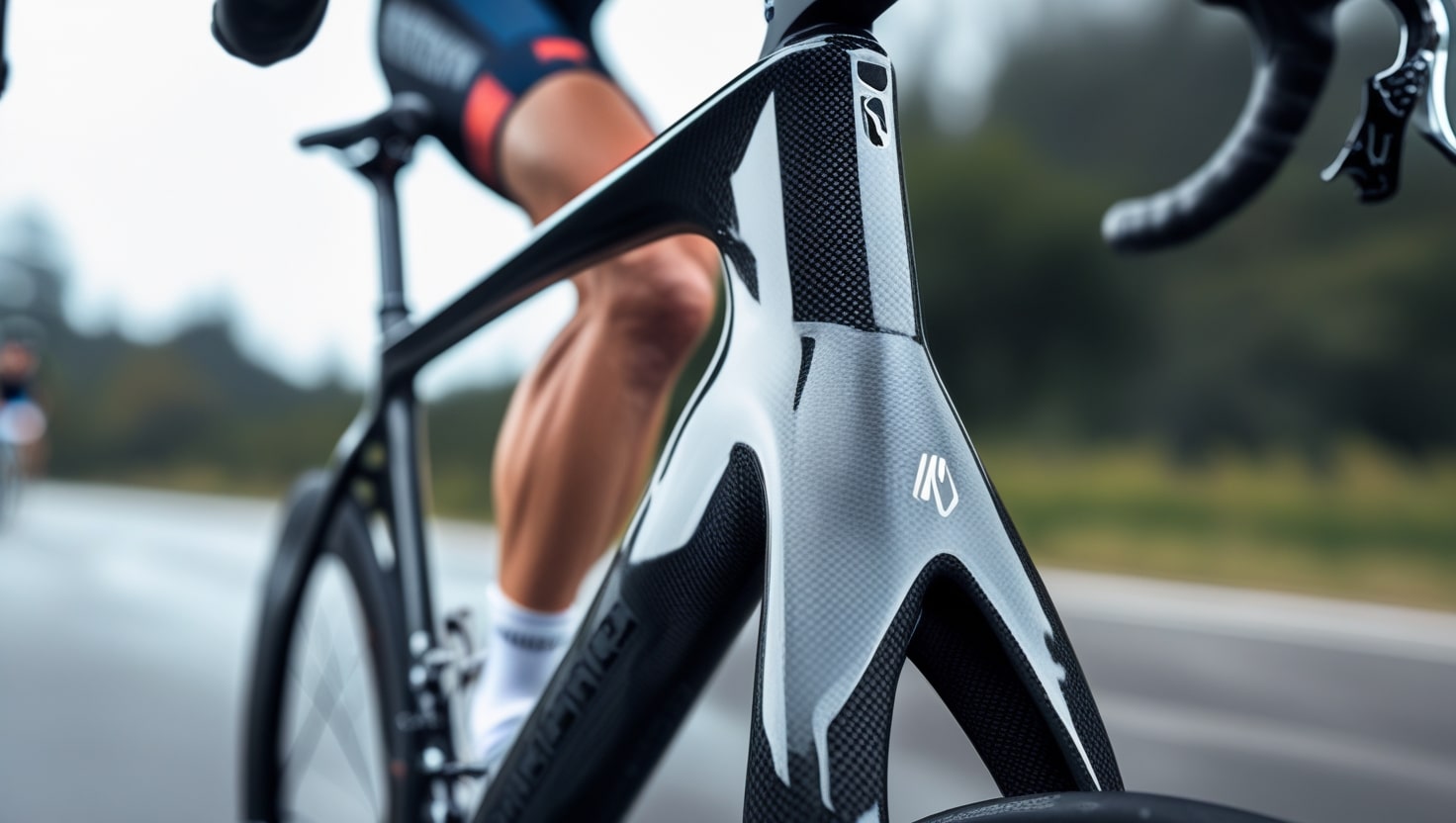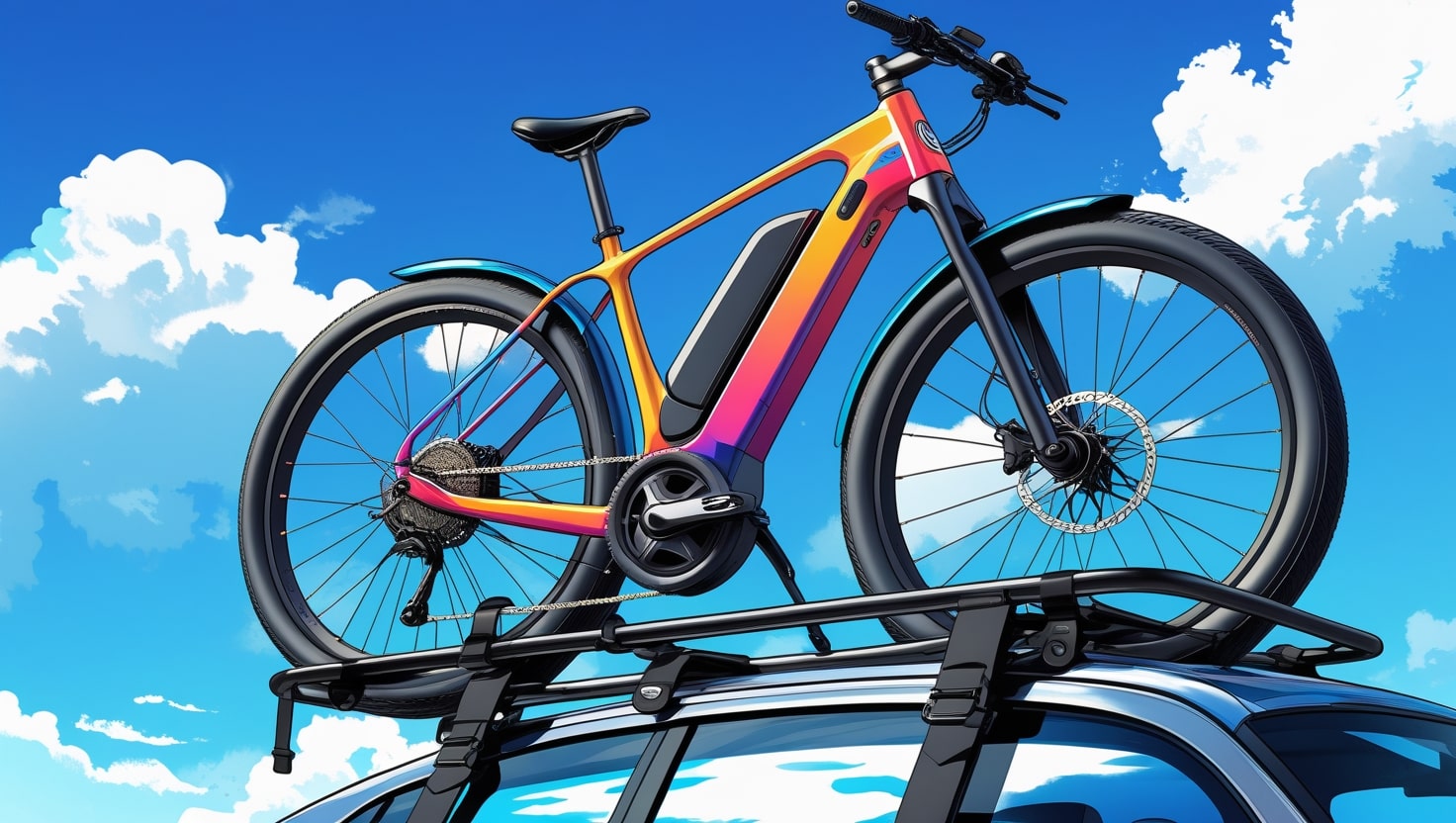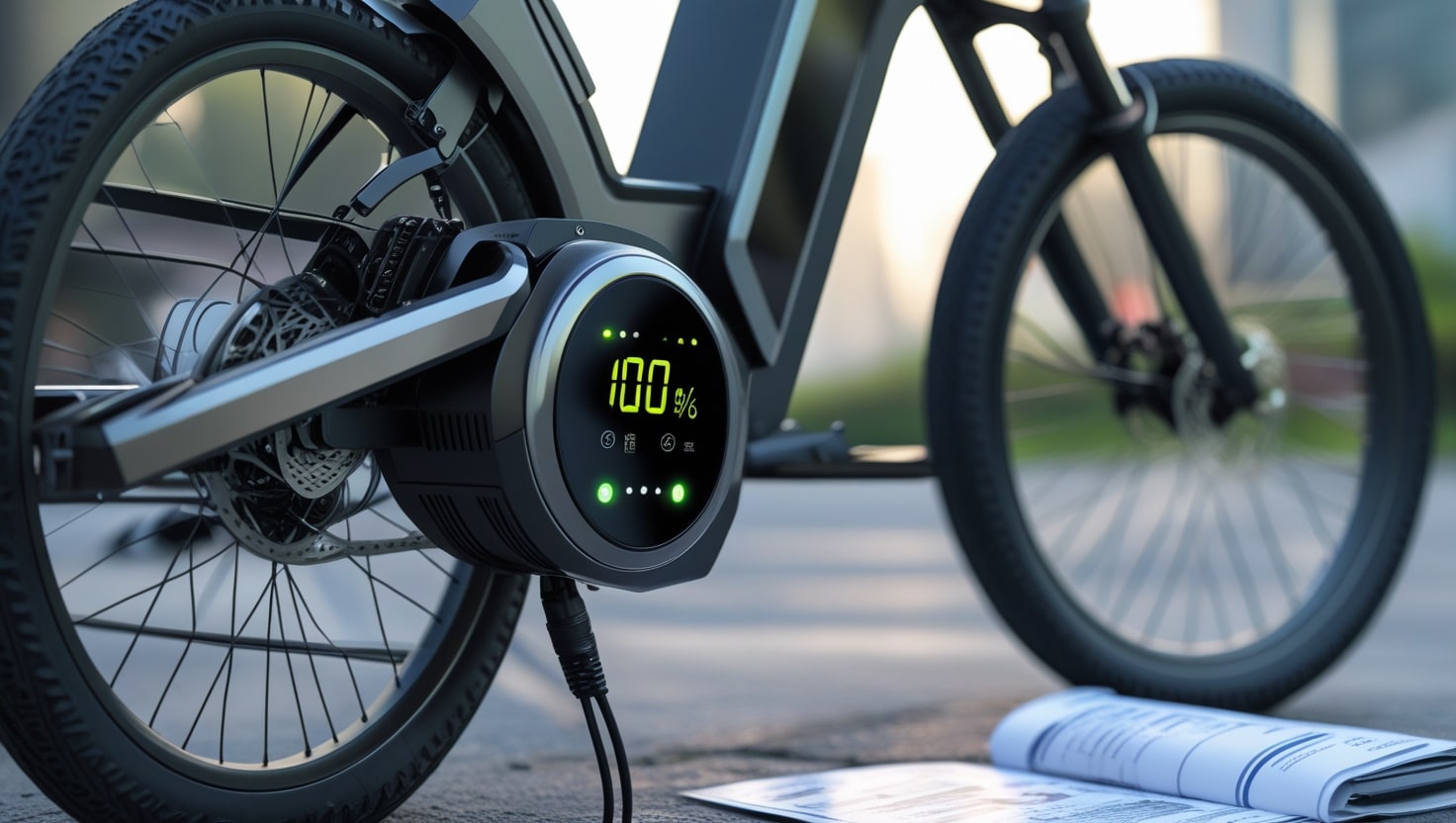California ebike laws are shaping the future of mobility on the streets, as more electric bicycles become a practical alternative to traditional cars. As someone who commutes daily, I can attest to how eco-friendly and convenient these two-wheeled vehicles are. Living in the Golden State, known as one of the greenest in the country, I’ve seen firsthand the efforts to create environmentally friendly actions that address climate change. However, the classification of e-bikes remains an emerging topic, especially with new designs like ZEMs entering the scene.
This comprehensive guide to California ebike laws covers critical topics, from e-bike classifications to rules on where you can legally ride. The state offers clear guidance, ensuring riders adhere to helmet requirements and respect the gray areas that arise with advanced mobility devices.
Related: Colorado Ebike Laws
WHAT'S AN E-BIKE
An electric bike, or ebike, is a bike that combines electric power with human power to create a smooth and efficient ride. These bikes are often equipped with a motor that activates either through pedal assist or a throttle, making it easier to travel across various terrains. Unlike a regular bike, an ebike can provide additional speed and support, with some models reaching up to 20 or even 28 miles per hour, depending on the type. Despite their different size and shape, they are designed to feel familiar to riders of traditional bikes while offering the extra benefits of electric power.
California Ebike Laws
In California, e-bikes are treated as legal vehicles but follow their own laws and rules. According to California law, e-bikes are classified similarly to a standard bicycle, with a few exceptions. Unlike motor vehicles, they are not subject to the same strict federal regulations or the California Vehicle Code that governs motorcycles or automobiles. Instead, e-bikes can be used much like conventional bicycles, offering riders an eco-friendly way to commute without the added complexity of operating a traditional motorized vehicle.
E-bikes is more appealing because they are exempted from many legal requirements. For instance, operators do not need to carry licenses, complete state or local registration, or purchase motor vehicle insurance. Even license plates are not required.
Related: Virginia Ebike Laws
HOW DOES THE NEW E-BIKE LAW (AB1096) CHANGE HOW E-BIKES ARE GEGULATED?
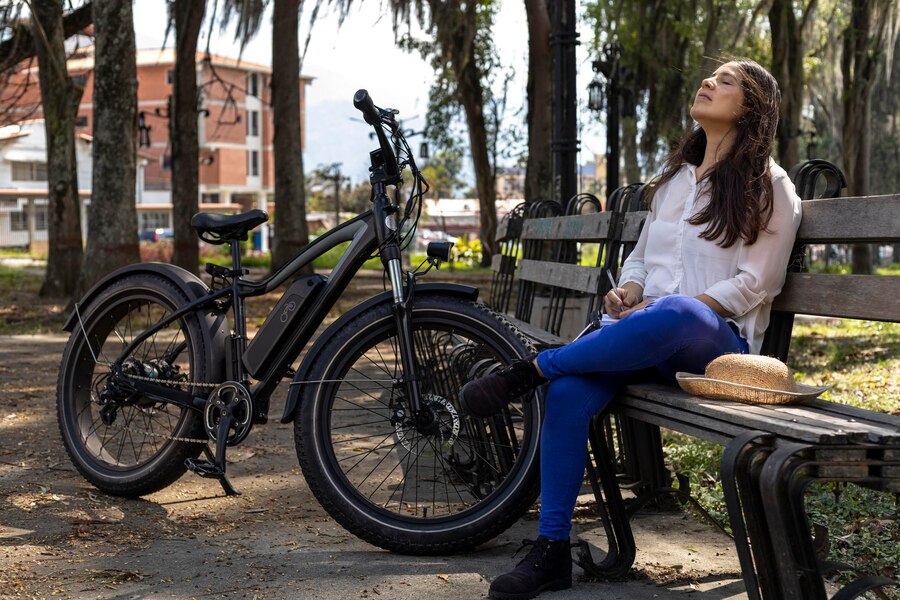
In 2016, California introduced AB1096, a new law that changed how e-bikes are regulated. Before this, e-bikes were treated more like mopeds, limiting their access to public roads and certain bikeways. With AB1096, e-bikes are now classified similarly to a bicycle, making it easier for a rider to use them on streets and roads without restrictions based on their performance. This reclassification provides clearer guidelines for public spaces while ensuring safe and fair usage for all.
California’s e-bike classifications
The California vehicle code defines e-bikes as a type of bicycle equipped with fully operable pedals and an electric motor producing less than 750 watts of power. To make it easier to regulate, California uses a classification system adopted by 40 states that divides e-bikes into three main categories based on their functionality and maximum speed.
- Class 1: Provides assistance only when the rider is actively pedaling and stops when the speed reaches 20 mph.
- Class 2: Operates using pedal assist or a throttle and ceases to provide support once the speed hits 20 mph.
- Class 3: Offers assistance only while pedaling and stops when the speed reaches 28 mph.
Since there is some variation in how e-bikes are classified across states, an e-bike manufacturer might not always label the class on their website. To determine an e-bike’s classification, you can compare the bike’s specifications to the above definitions or ask for help at a trusted bike shop. This information ensures you’re compliant with state laws while choosing the right model.
Who can operate an e-bike in California?
In California, there are no age restrictions for operating Class 1 or Class 2 e-bikes, making them accessible to most riders. However, for Class 3 e-bikes, riders must be at least 16 years old, and wearing helmets is mandatory. Additionally, all riders under 18 must wear a helmet when using any bike, whether it’s motorized or not.
Related: Maine Ebike Laws
Who can carry passengers on an e-bike?
E-bikes that are designed to accommodate passengers are permitted to carry them, but there are safety rules to follow. Both riders and passengers under 18 must wear a helmet, and for Class 3 e-bikes, passengers of all ages are required to use a helmet for added protection.
Which e-bikes are pedal assist only?
Class 1 and Class 3 e-bikes are designed to provide a boost from the motor only when the rider is actively using the pedals. Once the pedaling stops, the motor automatically cuts out, causing the bike to gradually lose momentum.
What’s the top speed of a throttle e-bike?
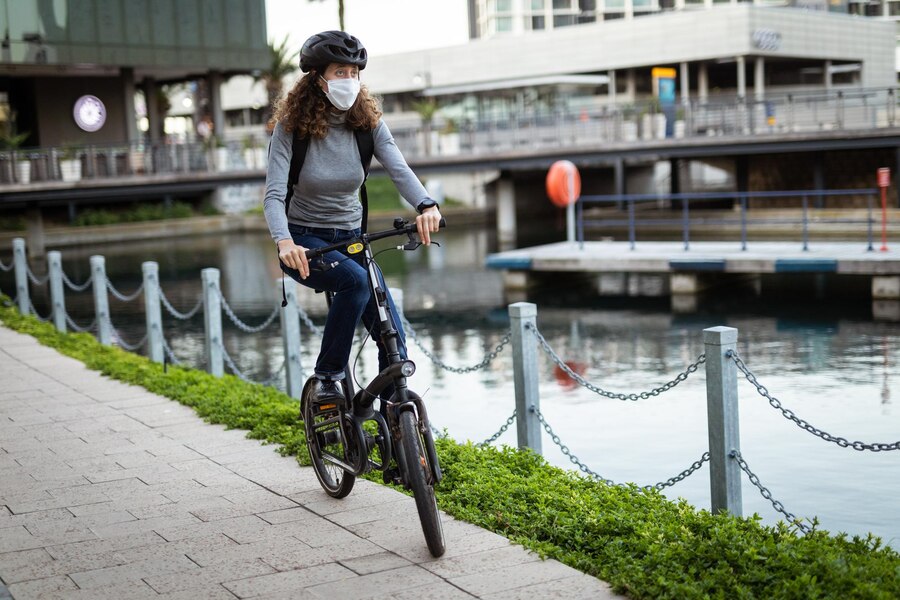
Class 2 e-bikes are equipped with a throttle that allows the motor to provide power to the bike without the rider needing to engage in pedaling. These e-bikes have a maximum speed of 20 mph, making them a convenient option for those who want motorized assistance without constant physical effort.
Can e-bikes go faster than their assist limits?
E-bikes are designed to provide a boost up to their set speed limits, typically 20 mph or 28 mph, depending on the model. However, a rider can go faster than these speeds by pedaling harder. The motor will stop giving additional propulsion once the assist limit is reached, so any extra speed relies purely on the rider’s effort.
Age restrictions
In California, to operate a Class 3 electric bicycle, you must be at least 16 years old. However, no special driver’s license is required to ride an e-bike at this age. These age restrictions do not apply to Class 1 or Class 2 e-bikes, making them accessible to riders of all ages.
Related: Georgia Ebike Laws
Do You Have to Wear a Helmet in California?
In California, anyone 17 or under must wear an approved helmet while riding or operating an electric bicycle. For those 18 or older, wearing a helmet is not required when using a standard bicycle, Class 1 e-bike, or Class 2 e-bike. However, helmets are mandatory for Class 3 e-bikes, mopeds, and motorcycles. An approved helmet must have a Department of Transportation (DOT) sticker, ensuring it meets federal safety and quality standards.
HOW CAN LAW ENFORCEMENT TELL THE DIFFERENCE BETWEEN DIFFERENT TYPE OF E- BIKES?
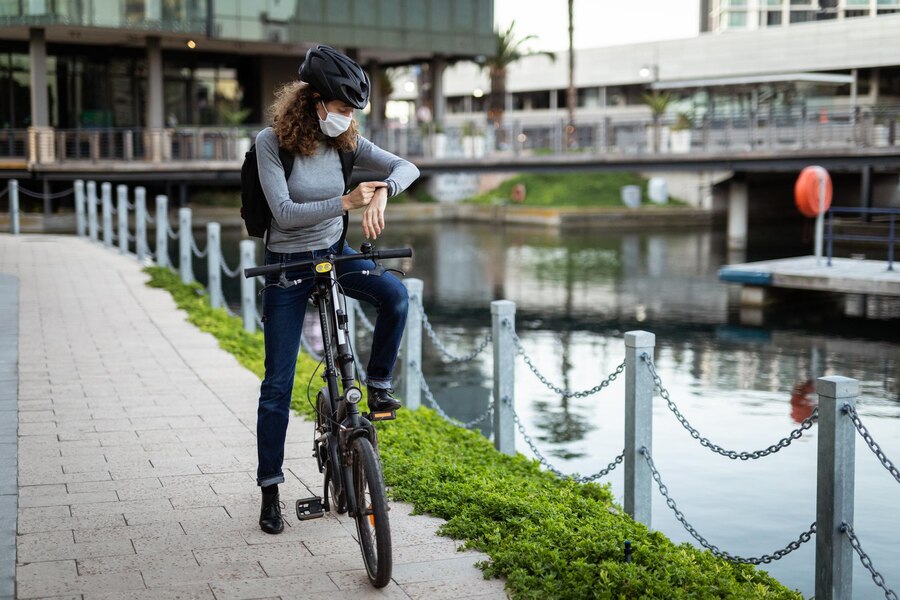
Since January 1, 2017, California law AB 1096 requires all e-bikes to have a label provided by the manufacturer when they are distributed. This label must specify the type, wattage, and other specific details that help law enforcement and agencies determine the e-bike’s classification. These labels ensure compliance and clarify which bikeway access rules apply to each model, as different types of e-bikes may have slightly different regulations.
What’s a zero-emission motorcycle (ZEM)?
Zero-emission motorcycles (ZEMs) are a type of electric motorcycle recognized by the California Air Resources Board (CARB). They range from mopeds and motorized scooters to full-sized motorcycles. Unlike e-bikes, ZEMs rely entirely on motor power and don’t have pedals. They must be registered with the DMV and cannot be used in bike lanes. Some ZEMs have engines powerful enough to reach freeway speeds, while others do not. CARB is creating incentives to encourage the adoption of ZEMs as part of California’s transition to clean transportation.
Where can I ride?
Under California law, e-bike riders have broad access to bicycle paths, bikeways, trails, and bicycle lanes. Cities are prevented from restricting their use in these areas, allowing riders to navigate roadways safely. However, they must follow the California Vehicle Code (CVC), which outlines basic rules of the road such as riding with the flow of traffic and obeying lights and signs to ensure everyone’s safety.
Despite these freedoms, local authorities and the Department of Parks and Recreation may still block or prohibit the operation of electric bicycles or specific classes of e-bikes in certain areas. For example, access may be limited on equestrian trails, hiking paths, or recreational trails that fall under specific jurisdictions.
Related: Oklahoma Electric Bike Laws
New e-bike regulations in the works
Several laws about e-bikes are being discussed in the California legislature, while local jurisdictions are adding new restrictions on where people can ride. For example, Orange County has specific local regulations, which can be found in a spreadsheet detailing these rules. To stay informed, you can read a summary of recent e-bike bills or join CalBike’s mailing list for updates on the latest developments.
Two-wheeled EVs in the gray area
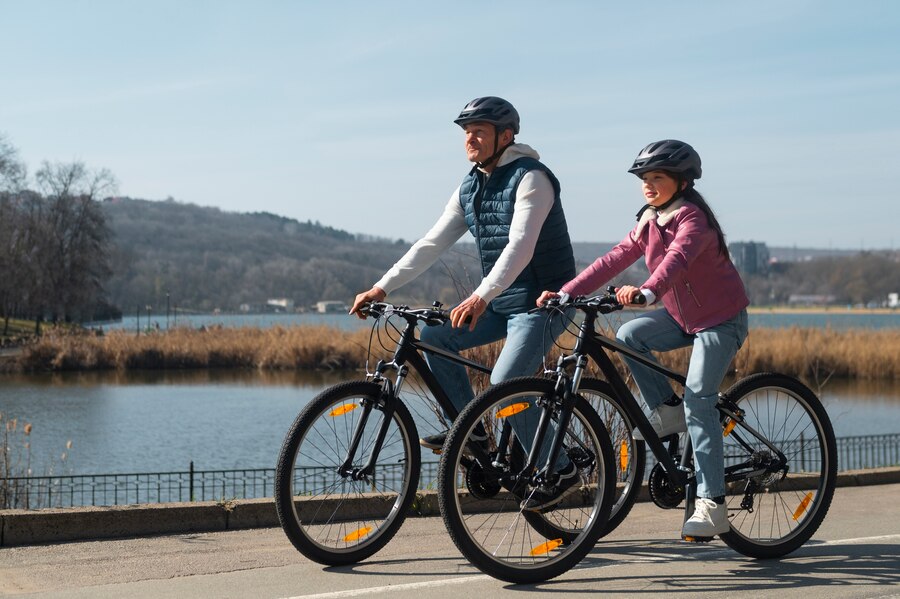
Some electric and two-wheeled vehicles fall into a gray area between e-bikes and ZEMs. These bikes are manufactured and sold in California, but they may not be street-legal under current e-bike regulations. For example, one manufacturer markets its products as e-bikes but offers an off-road mode with a top speed of 28+ mph, exceeding California’s top e-bike speed of 28 mph. Another brand doesn’t provide any speed or class details on its website, leaving it unclear whether such bikes qualify under California law.
As of January 1, 2017, manufacturers and distributors of electric bicycles in California must apply a label to every e-bike. This label must be permanently affixed in a prominent location and include the classification number, top assisted speed, and motor wattage. The law requires this information to be printed in Arial font with a minimum size of 9-point type to ensure clarity and compliance with the regulations.
Related: Massachusetts Electric Bike Laws
It may not look like a bike
Some e-bikes are evolving from traditional bikes and standard bikes by being modified with a motor and battery. However, new models are moving away from bicycle design entirely, with fat tires and frames resembling motorbikes instead of standard bicycles. In California, as long as these models have operable pedals and fit into the e-bike classification system, they are still considered bicycles and are allowed to use bike lanes.
What is not an e-bike?
The California DMV explains that certain vehicles fall into different categories of classification and are not considered e-bikes. For instance, a motor-driven cycle is defined as a motorcycle with a motor size of less than 150 cc. These vehicles are not allowed on controlled-access freeways or highways.
Similarly, a motorized bicycle or moped is a two-wheeled or three-wheeled device capable of no more than 30 mph on level ground. These vehicles are defined in the vehicle code as having fully operative pedals for propulsion by human power or being powered solely by electrical energy without pedals.
Both motor-driven cycles and mopeds must be registered with the DMV, and their riders need a motorcycle license to operate them. Some vehicles in the gray area—those with motors capable of going faster than 30 mph—may be more properly classified as mopeds or motorcycles rather than e-bikes. However, in certain cases, they may still use bike lanes if permitted by a local ordinance.
Can You Ride an Electric Bike on the Sidewalk in California?
In California, you can only ride an electric bike on the sidewalk if it is allowed for a regular bicycle. This typically excludes downtown areas, as most cities have local ordinances banning bicycles from sidewalks in downtown business districts. While there isn’t a statewide law prohibiting this, you may ride an e-bike on a sidewalk if street signs expressly grant this right, or if the region or private property permits it.
Can I Modify My Electric Bike?
Under California law, it is illegal to modify or tamper with electric bicycles in a way that changes their speed capability, unless the rider also updates the bike’s classification. If the bike’s motor exceeds 750 watts, it is no longer considered an e-bike but a motorcycle. In such cases, you will need a Class M license and must wear helmets to comply with the law.
What Are Common Injuries Associated With E-Bikes?
Electronic bicycle accidents involving e-bikes, cars, or pedestrians can lead to extensive injuries, sometimes even fatalities. Because e-bikes are heavier and faster than conventional bicycles, the force of impact on a pedestrian can be between four and 45 times harder. This increased impact makes it important to prioritize safety and understand the risks involved.
Some common injuries associated with e-bikes include:
- Head injuries, including traumatic brain injury (TBI)
- Back and spinal cord injuries
- Broken bones
- Road rash
- Cuts and bruises
Local ordinances and regulations
While electric bike laws are generally state-wide in California, many cities and counties have their own rules for e-bike use. It’s essential to check local guidelines by contacting your local DMV. For example, riding a bike of any kind on sidewalks is prohibited in Sacramento, David, Galt, and Folsom. However, in Elk Grove, you can ride Class 1 and Class 2 e-bikes on sidewalks as long as they are part of the city’s bikeways system.
Tips for e-bike riders
Wear a helmet: Even if a local ordinance doesn’t require it, research shows wearing a helmet can reduce head injuries by 48% and traumatic brain injuries by 53%. Prioritize your safety.
Use lights and reflectors: Improve your visibility with lights and reflectors. Use headlights to see others and equip your bike with reflectors to ensure cyclists, car drivers, and pedestrians can see you.
Wear appropriate clothing: Avoid loose clothing that could get caught in bike chains or spokes. Opt for form-fitting and flexible clothes that are safe and comfortable, no matter the weather.
Practice proper cycling form: Good posture helps reduce stress on joints and muscles, lowering the risk of injuries. Learn how to sit and ride your bike properly.
Make sure your bike is well-fitted: Adjust the saddle and handlebars to the right height for better control. Use a bike fitting guide to ensure comfort and performance.
Maintain your bike: Regularly check your bike’s components to avoid accidents. Ensure brakes work effectively to reduce the chance of collisions. Follow tips for proper maintenance to keep your bike in top condition.

